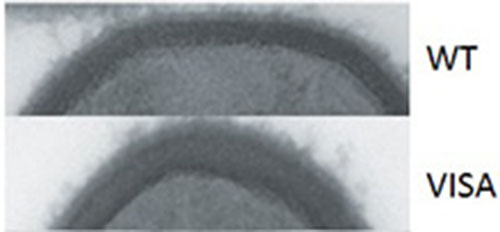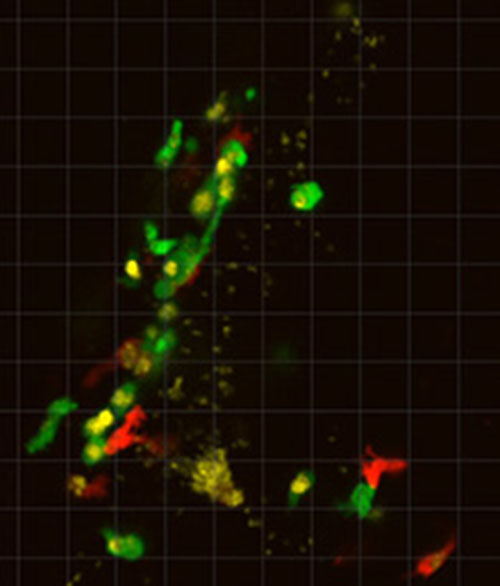Staphylococcus aureus and Staphylococcus epidermidis
-
Project Leader

Professor Ben Howden+61 03 8344 5701
Project Details
Staphylococci, in particular S. aureus, are major opportunistic pathogens in humans resulting in large numbers of community and healthcare-associated infections. While some of these infections may be relatively minor skin and soft tissue infections, S. aureus also frequently causes life threatening invasive infections including septicaemia and endocarditis. Staphylococcus epidermidis, while less virulent than S. aureus, is a frequent cause of infection in hospitalised patients, often associated with implanted medical devices. In both of these bacterial species increasing antimicrobial resistance, especially to the glycopeptide antibiotic vancomycin is making treating more difficult. The emergence of community-associated methicillin-resistant S. aureus (CA-MRSA) in Australia, and globally, has also resulted in significant drug-resistant staphylococcal infections in the community.

Figure 1: Colonies of hetero-resistant S. aureus adjacent to a vancomycin impregnated strip.
Research in our group focusses on understanding the epidemiology, clinical impact and optimal therapeutic strategies for treating drug-resistant staphylococcal infections, as well as using bacterial genomics and infection models to understand how staphylococci are becoming more resistant to last-line antimicrobials, how they evolve and adapt in the hospital and community environments, and how they cause disease. Recent studies have identified potentially important links between antibiotic resistance in staphylococci and alterations in host-pathogen interactions, resulting from the adaptation of the organism during persistent human infection.

Figure 2: : Thickening of the cell wall is a characteristic feature of vancomycin-intermediate S. aureus (VISA)

Figure 3: Use of fluorescently labelled S. aureus to investigate host-pathogen interactions in a zebrafish model.
Research Group
Faculty Research Themes
School Research Themes
Systems Biology, Molecular Mechanisms of Disease
Key Contact
For further information about this research, please contact the research group leader.
Department / Centre
MDHS Research library
Explore by researcher, school, project or topic.